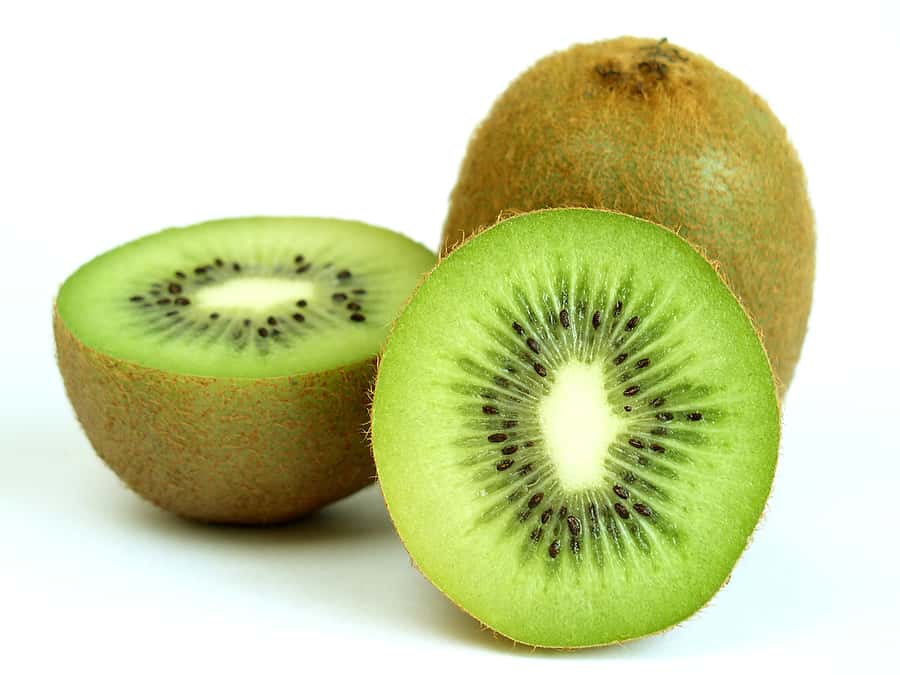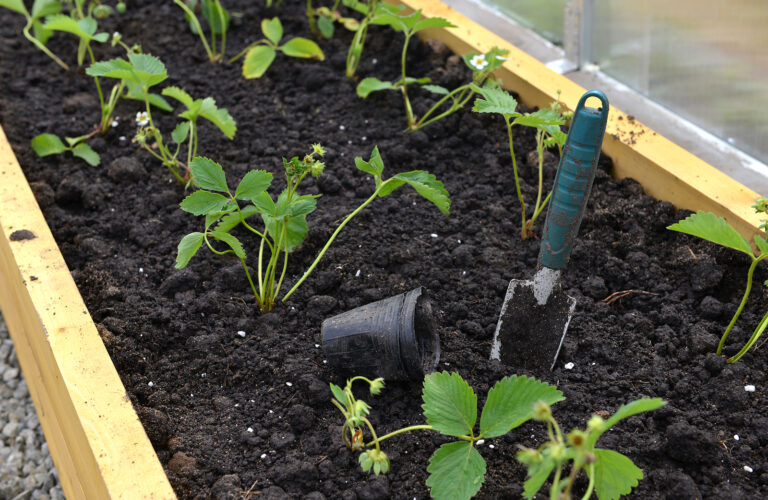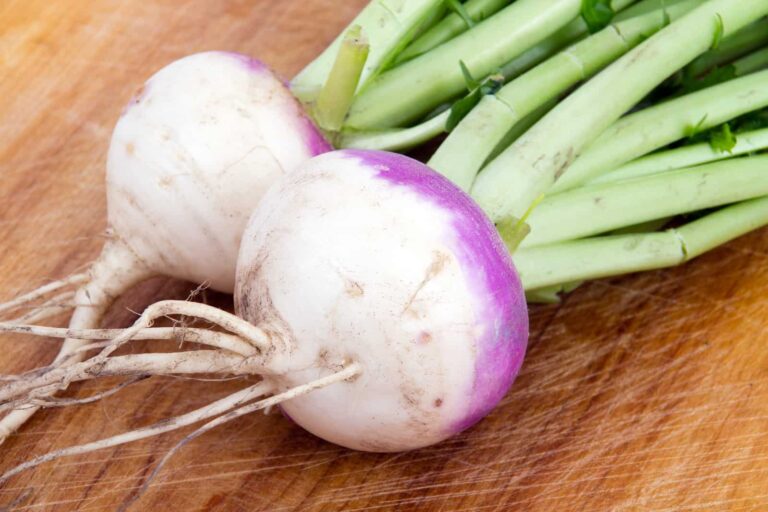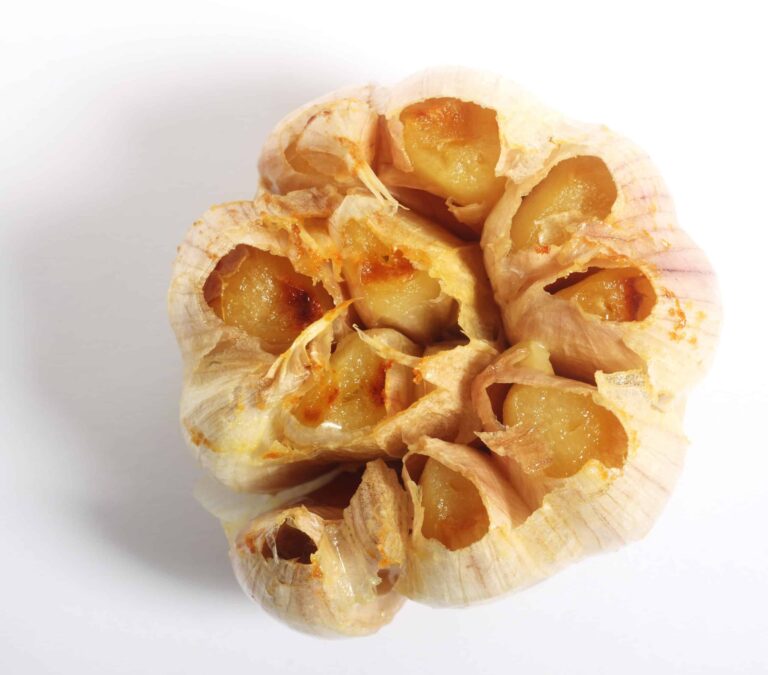Delicious Kiwifruit Recipes: From Harvest to Plate
The flavor of kiwifruit is all kiwifruit: sweet tart with hints of citrus, strawberry, pineapple, and melon. Kiwifruit flavor is unique.
Kiwifruit is a great breakfast fruit. Halve the kiwi crosswise and simply scoop it out and eat it chilled and fresh with a small spoon. A peeled kiwi can be served halved or quartered as an edible garnish. (Peel a kiwi with a paring knife.) Add raw kiwi to fresh fruit compotes and salads or serve it with avocado, radicchio, and endive just as you would oranges.
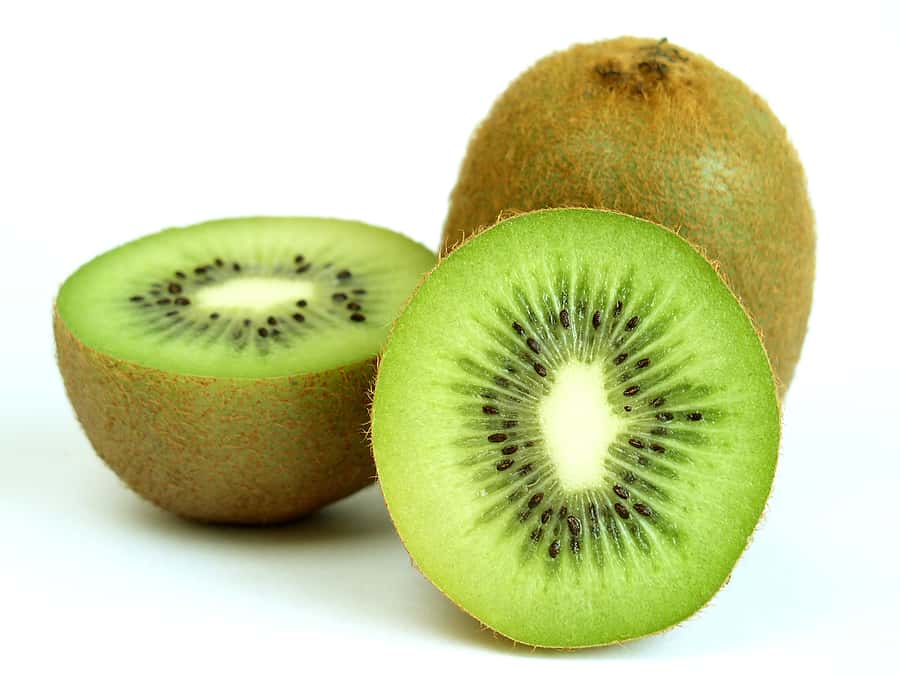
Ten Delicious Ways to Serve Kiwifruit
Kiwi, with its vibrant green flesh and sweet-tart flavor, is a versatile fruit that can be enjoyed in a variety of delicious ways. Here are some creative and tasty ideas for serving kiwi after harvest:
1. Fresh Fruit Salad
- Mixed Fruit Bowl: Combine slices of kiwi with other tropical fruits like mango, pineapple, and strawberries for a colorful, refreshing fruit salad. Add a drizzle of honey or a sprinkle of fresh mint for extra flavor.
- Citrus Twist: Pair kiwi with citrus fruits like orange segments and grapefruit for a zesty, tangy mix.
2. Kiwi Smoothies and Smoothie Bowls
- Green Kiwi Smoothie: Blend kiwi with spinach, banana, and a splash of orange juice or coconut water for a nutrient-packed green smoothie.
- Smoothie Bowl: Create a kiwi-based smoothie bowl by blending kiwi with frozen bananas and coconut milk, then top with granola, shredded coconut, and chia seeds for added texture and flavor.
3. Dessert Toppings
- Tart Garnish: Use thin slices of kiwi as a topping for tarts, cheesecakes, or pavlovas to add a vibrant, juicy burst of flavor.
- Ice Cream and Sorbet: Pair scoops of vanilla ice cream or mango sorbet with fresh kiwi slices for a refreshing dessert.
4. Kiwi Salsa
- Sweet and Spicy Salsa: Dice kiwi and mix with chopped tomatoes, red onion, jalapeño, cilantro, and lime juice for a sweet-and-spicy salsa. Serve with tortilla chips or as a topping for grilled chicken or fish.
5. Parfaits and Yogurt Cups
- Layered Parfaits: Layer kiwi slices with Greek yogurt, granola, and a drizzle of honey for a simple and healthy parfait.
- Breakfast Boost: Add chopped kiwi to a bowl of yogurt topped with berries, nuts, and seeds for a flavorful breakfast.
6. Kiwi Popsicles
- Frozen Treats: Blend kiwi with a bit of honey and lime juice, pour into popsicle molds, and freeze for a refreshing, all-natural summer treat.
- Layered Popsicles: Create layers with kiwi puree and other fruit purees (such as strawberry or pineapple) for visually striking, multi-flavored popsicles.
7. Kiwi Chutney
- Savory Side: Make a tangy kiwi chutney by simmering chopped kiwi with ginger, onions, sugar, and a splash of vinegar. Serve it alongside grilled meats or as a spread on sandwiches.
8. Kiwi Tartines and Toasts
- Avocado and Kiwi Toast: Add thin slices of kiwi to avocado toast, topped with a sprinkle of chili flakes or feta cheese for a unique, savory-sweet combination.
- Ricotta Toast: Spread ricotta cheese on toasted bread, layer with kiwi slices, and drizzle with honey for a delightful snack or breakfast option.
9. Kiwi Sorbet
- Simple Sorbet: Puree kiwi with a little sugar or honey and freeze it to make a simple and refreshing kiwi sorbet.
10. Decorative Garnish
- Cocktails and Drinks: Use kiwi slices as a garnish for cocktails or lemonade for a visually appealing twist.
- Fruit Platter: Arrange kiwi slices as part of a fruit platter alongside grapes, melon, and berries for a beautiful and tasty presentation.
With its vibrant color and tangy-sweet flavor, kiwi can elevate dishes both visually and taste-wise, making it a perfect addition to a variety of meals and snacks.
How to choose kiwifruit
Select kiwis that give slightly to your squeeze. The flesh should be soft but not very soft. A very soft kiwi can be mealy and mushy and will lack flavor.
How to store kiwifruit
A ripe kiwi can be kept in the refrigerator for several days. If you choose a kiwi that is close to ripe and refrigerate it immediately, it can keep for many months. When you are ready to use it, set it out at room temperature for a couple of days until it yields to slight pressure and has finished ripening.
About kiwifruit
The kiwifruit is a berry. It grows on a climbing, creeping plant that resembles a vine. The fruit is about 3 inches (7.5 cm) long with a thin, bristly, brownish-fuzzed skin and weighs between 2 and 4 ounces (48-112 grams). The kiwi’s flesh is emerald-green to chartreuse colored: sweet, juicy, and will taste slightly acidic if you bite into the small poppy-like edible black seeds that radiate like a halo from the yellowish core.
This plant originated in China where it was prized. The ruling khans of southern China were called the kiwi yang tao. When the British arrived in China in the early 19th century, they renamed this fruit the “Chinese gooseberry”—even though it is no relation to a gooseberry.
The yang tao gradually made its way around the world. It was introduced into New Zealand in 1906 and became a major commercial crop there in the 1960s. In New Zealand, the yang tao got dubbed the “kiwi”—a nickname for the native flightless bird apteryx which at a distance appears brown and fuzzy.
Today kiwi fruit is a major crop in New Zealand and California. The California crop is available from October through May and the New Zealand crop from June to October.
Kiwi fruit is also grown in Spain, Italy, Greece, Israel, South Africa, India, China, Bangladesh, Vietnam, and France—where it is called souris végétale which means vegetable mouse.
Also of interest:
How to Plant, Grow, Prune, and Harvest Kiwifruit
Related articles:
Planning the Home Fruit Garden
Garden Planning Books at Amazon:
- Vegetable Garden Almanac & Planner
- Kitchen Garden Grower’s Guide Vegetable Encyclopedia
- Vegetable Garden Grower’s Guide
- Tomato Grower’s Answer Book
More kitchen tips:
Bring your harvest to the table. Kitchen prep tips and easy recipes for the vegetables you grow. Click below for vegetable prep and recipes you can use now.
- Almonds
- Apples
- Apricot
- Aprium
- Artichoke
- Arugula
- Asparagus
- Avocado
- Bamboo Shoots
- Banana
- Basil
- Beans, Dried
- Beans. Long
- Beans, Shell
- Beans, Snap
- Beets
- Bitter Melon
- Blackberry
- Bok Choy
- Broccoli
- Broccoli Raab
- Brussels Sprouts
- Cabbage
- Cardoon
- Carrots
- Cauliflower
- Celeriac
- Celery
- Chard
- Chayote Squash
- Cherimoya
- Cherries
- Chestnut
- Chickpea
- Chinese Cabbage
- Chives
- Cilantro
- Citron
- Clementine
- Collards
- Coriander
- Corn, Sweet
- Corn, Baby
- Corn Salad, Mache
- Cranberry
- Cress
- Cucumber
- Daikon
- Dandelion
- Dill
- Eggplant
- Endive, Belgian
- Endive and Escarole
- Fava Beans
- Fig
- Florence Fennel
- Garlic
- Ginger
- Grapefruit
- Grapes
- Guava
- Horseradish
- Jerusalem Artichoke
- Jicama
- Jujube
- Kale
- Kiwifruit
- Kohlrabi
- Kumquat
- Leeks
- Lemongrass
- Lemons
- Lettuce
- Lime
- Mache (Corn Salad)
- Mandarin Orange
- Mango
- Maple Syrup
- Marjoram
- Melons
- Michihili
- Mint
- Mizuna
- Mushrooms
- Mushrooms, Cremini
- Mustard Greens
- Napa Cabbage
- Nectarine
- Okra
- Olives
- Olive oil
- Onions
- Oranges
- Oregano
- Parsley
- Parsley Root
- Parsnips
- Passion Fruit
- Pawpaw
- Peaches
- Pears
- Peas, Garden Snap
- Peas, Snow
- Pei Tsai
- Peppers, Chili
- Peppers, Sweet
- Persimmon
- Pineapple
- Pineapple Guava
- Plantain
- Plums
- Pluots
- Pomegranate
- Potatoes
- Prickly Pear
- Pumpkin
- Quince
- Radicchio
- Radishes
- Raspberries
- Rosemary
- Rhubarb
- Rutabaga
- Sage
- Salsify
- Sauerkraut
- Savory
- Shallots
- Sorrel
- Spinach
- Squash, Summer
- Squash, Winter
- Strawberries
- Sunchokes
- Sunflower
- Sweet Potato
- Swiss Chard
- Tangerine
- Taro
- Tarragon
- Thyme
- Tomatillo
- Tomato
- Turnip
- Turnip Greens
- Yams

